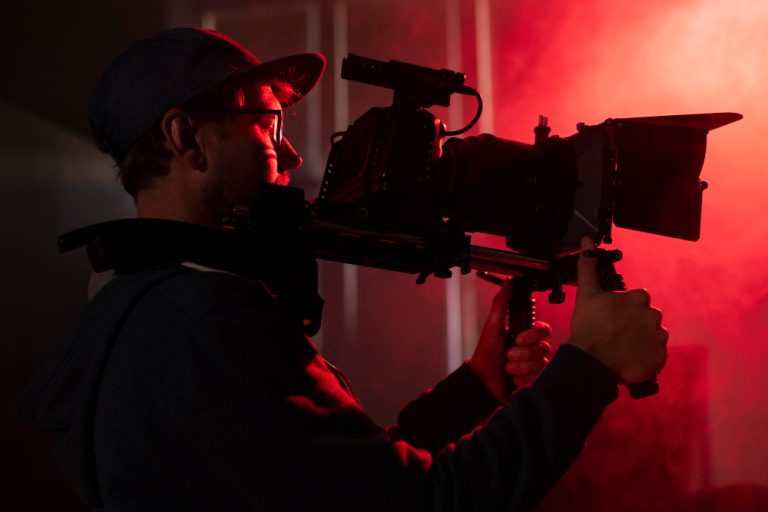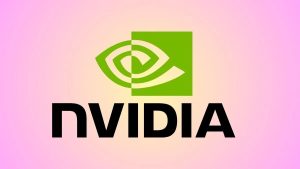Video production, in these modern times, has grown to become part and parcel of any modern marketing and communication plan. Be it a corporate training video or a viral on social media, videos simply have no equal when it comes to delivering messages, telling stories, or reaching out to and engaging a target audience. What you’ll find below is an all-in-one guide related to the different stages involved in video production, the kind of equipment needed, some tips to make compelling content, and how to optimize videos for SEO.
Understanding Video Production
Definition
Video production is the process through which video content is created. It mainly consists of three stages: pre-production, production, and post-production.
Importance in Modern Marketing
Video is king in this digital era. It engages more than just text and images; furthermore, it has been proven to increase conversion rates, raise brand awareness, and enhance SEO rankings. Videos possess this incredible power to express complex ideas briefly and showcase products with much dynamism; they can also communicate information at an emotional level.
Pre-Production Phase
Concept Development
Collision Every video project is initiated by an idea. First, you have to define the aim of your video, including who your target audience will be and what the key message is that you will want to convey. A concept materializes through brainstorming sessions and market research.
Scriptwriting
A proper script, dialogue, instructions to actors, and scenes are all backed by a good video. This determines the tone and puts everybody on the same page for the shoot.
Storyboarding
Storyboarding is the actual drawing of your script, scene by scene. It also refers to montage. dx 무선 네트워크 걸스키스 Drinkwater Winthrop, 1986, is a series of sketches or illustrations showing the action that is to be depicted in each scene. A storyboard will enable an artist to have an idea of how the video timing will turn out and lay out which camera shots should be used and any kinds of transitions.
Planning and Scheduling
Planning, whether it is just scheduling the shoots or detailing the location, cast, crew, and equipment to be required, is an intrinsic part of a production process. It prevents last-minute problems and keeps the process running efficiently.
Production Phase
Choice of Appropriate Equipment
The quality of the videography laid out depends on the equipment used in a very regulated manner. Its chief devices would include cameras, objectives, tripods, microphones, lighting equipment, and many others. Of course, this is where investing in high-quality equipment really pays off in your finished product.
Techniques of Filming
Other techniques that help increase the quality of your video lie in mastering some of these basic techniques of filming, including using camera angles effectively, shot composition, and movement. As they say, practice makes perfect, so go ahead and play around with the techniques until you get what you feel fits your video best.
Light and Sound Considerations
DVD orders also cater to professional videos with good lighting and clear sound. An outdoor shoot will have perfect natural light, while additional lighting is a necessity for an indoor shoot. Ensure that it has clear audio with the use of microphones and lessened background noise.
Post-Production Phase
EDITING
Editing is where you bring your footage to life. Video editing software will allow you to trim bits of footage, order them, and apply transitions to polish the other parts that you do not need. Great attention needs to be paid to the pacing and to the continuity so that the engrossment level of the audience is maintained.
Effects and transitions
Visual effects and transitions really do wonders; at times, they can make your video look far greater than it actually is. For this reason, brainstorming and considering when to use them has to be done so as not to overwhelm the viewer with everything. Slow motion, time lapse, and filters create the basic effects that bring out the creative touch.
Sound Design and Music
Sound design: Add in your video sound effects, dialogue, and music. Be sure all the levels for audio are at a level that’s clear.
It considers changing the colors in your video, which makes it attractive and natural-looking. Improved is the mood and tone, making it very breathtakingly astonishing in visuals.
Distribution and Promotion
Video distribution platforms
You can share your video on a wide range of different channels, from the obvious options, like official YouTube and Vimeo, to social media platforms including Facebook, Instagram, and TikTok. You would want to focus on places that work best with the audience, target market, and other activities in your marketing plan.
Video SEO
Further, optimize your videos to be searched and increase their chances of getting more views. Keywords in your video title, description, and tags help with this. Other equally essential elements in this line include eye-catching thumbnails and adding transcripts, which provide the best RDF SEO.
Social media promotion
Better reach and engagement through promotion on social media. One can promote sharing for all the social media channels or even for single influencer marketing, or viewers can be influenced to share your videos.
Best Practices and Tips
Engage your audience.
Features that would really make for a great video are telling a story, quality shots, and maintainable time segments. Keep the viewer involved by asking questions and extending an invitation for comments or feedback on your movie, to which you respond with alacrity.
Quality of Experience
You can make them trust you by producing quality work each time. Sometimes it might require investing in expensive machines or squeezing out the time to go into careful planning and editing. Be sure your children are updated so that you will learn about new things in relation to your profession, trade, or business.
Legalities
Be clear about geographic location permissions, music, or any third-party content used in your videos. Be respectful of the copyright laws by doing the legal things like model release forms when you’re going to film people.
Video production is but one tool with immense potential in the electronic digital marketplace. Knowing how video production works, coupled with some of the best practices in the process, may go a long way in building stunning and quality videos that appeal to the target audience and actually give them what they want. This guide has been helpful to many people, both starters and professional videographers, by providing them with many valuable insights into video production and practical tips for enhancing their skills.
Frequently Asked Questions
Q: What are some ways to make your video more interesting?
Share stories, top-of-the-line visuals, and short content. Engage your audience further by asking them to comment and respond to feedback.
Q: What kit should one have to make professional videos?
Good cameras, great lenses, tripods, microphones, and the best lighting instruments—these are the things you’ll need. It is this quality equipment that is going to make your videos look really special.
Q: How can I optimize videos for SEO?
Design catchy thumbnails and, equally important, provide transcripts. Publish videos via social media platforms that generate more views.
Q: What are some of the legal considerations in making videos?
If one wants to use a location, music, or any other kind of third-party material, get permission. Have modeling release forms when capturing people; this way, one can be sensitive to copyright.




